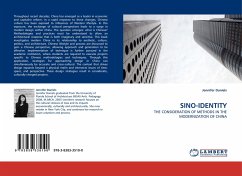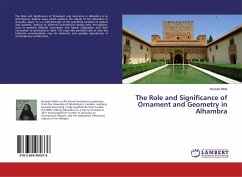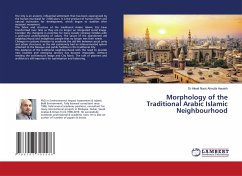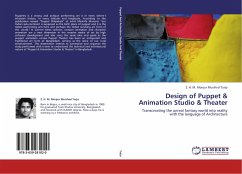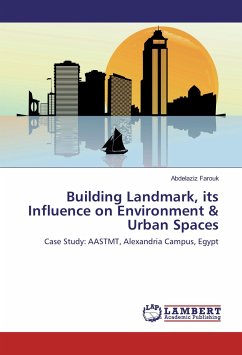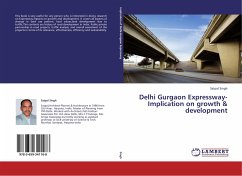Islamic art and architecture in China is a field surrounded by controversy for both its name and are those who question the existence of an Islamic Chinese culture altogether, and consequently object to the term Islamic Chinese art and architecture. What they are really questioning thus is the identity of Muslim Chinese. As such, it is perceived as an enigma. In general, however, it is a neglected field, both in Islamic world and in the West. Islamic art works or calligraphic works by Muslim Chinese artists or calligraphers have barely made an appearance in Western galleries and museums or even occasioned an editorial in magazines.Although the study of things Islamic covering every facet of Muslim life and culture has increased tremendously during the second half of twentieth and twenty one century. The majority of scholars of history of arts tend to ignore the existence of Islamic art in China; they keep mentioning the Islamic art from Arabian land to Andalusia up to Persia, South East Asia and India. The obvious question here is, why? What is the reason behind the absence of Islamic art in China from the international scene, particularly at this age of global communication?
Bitte wählen Sie Ihr Anliegen aus.
Rechnungen
Retourenschein anfordern
Bestellstatus
Storno


